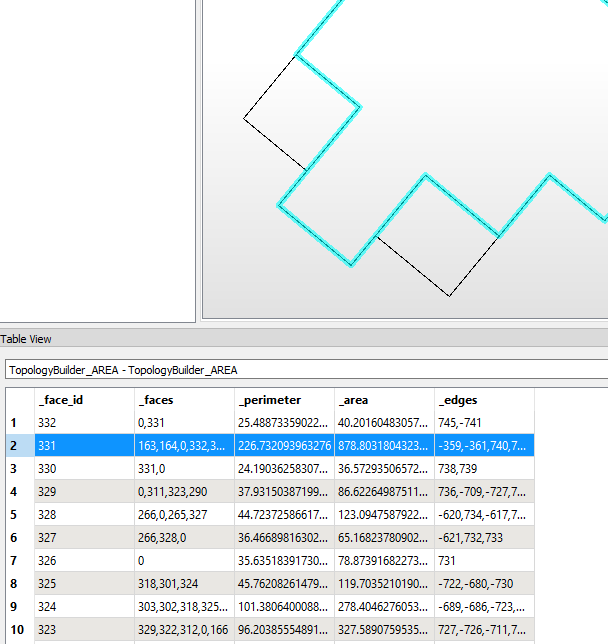Hello there, I'm quite new to FME, and I'm trying to achieve an effective CityGML model of an historical city center in order to carry out energy analysis at urban scale.
After some hard work, I managed to transform my Shape file into CityGML LOD2 by merging a set of tutorials and best practices, and the result is satisfying.
But at the end of the process I still have a huge dubt: in my final model there is no trace of shared surfaces between buildings, which are extremely important for computation in my case. Building models are in fact "extruded" one by one, with no knowledge of their boundary conditions.
I didn't find any reference about this problem, is there someone who could please help me?
Thanks,
Cristina







